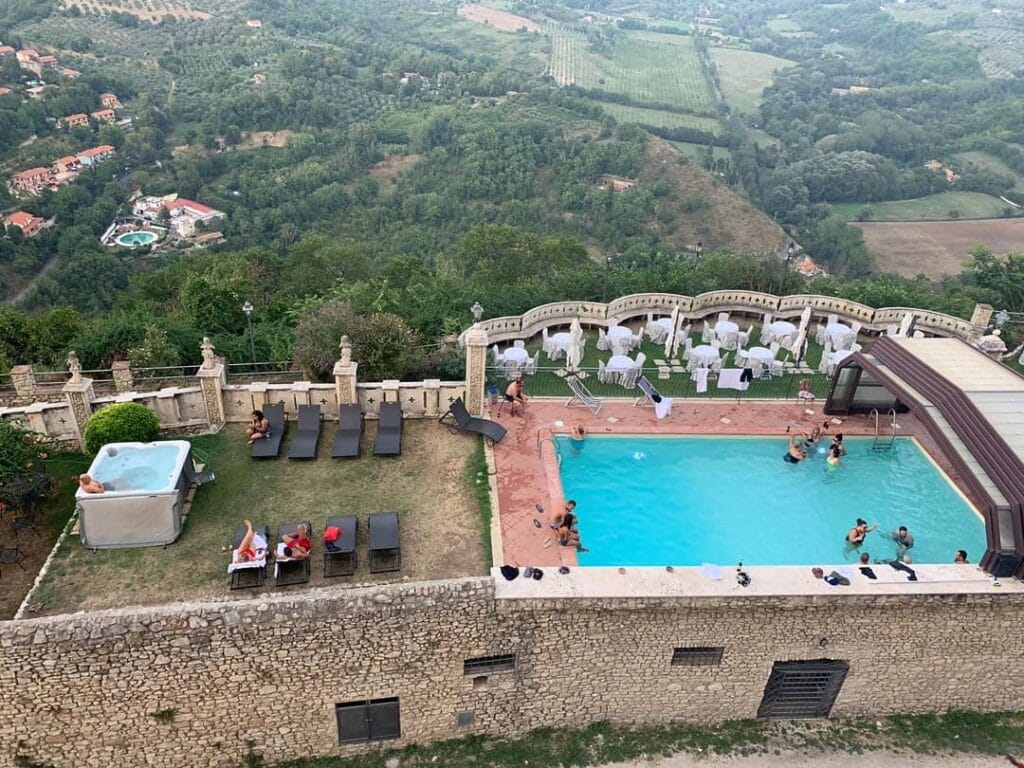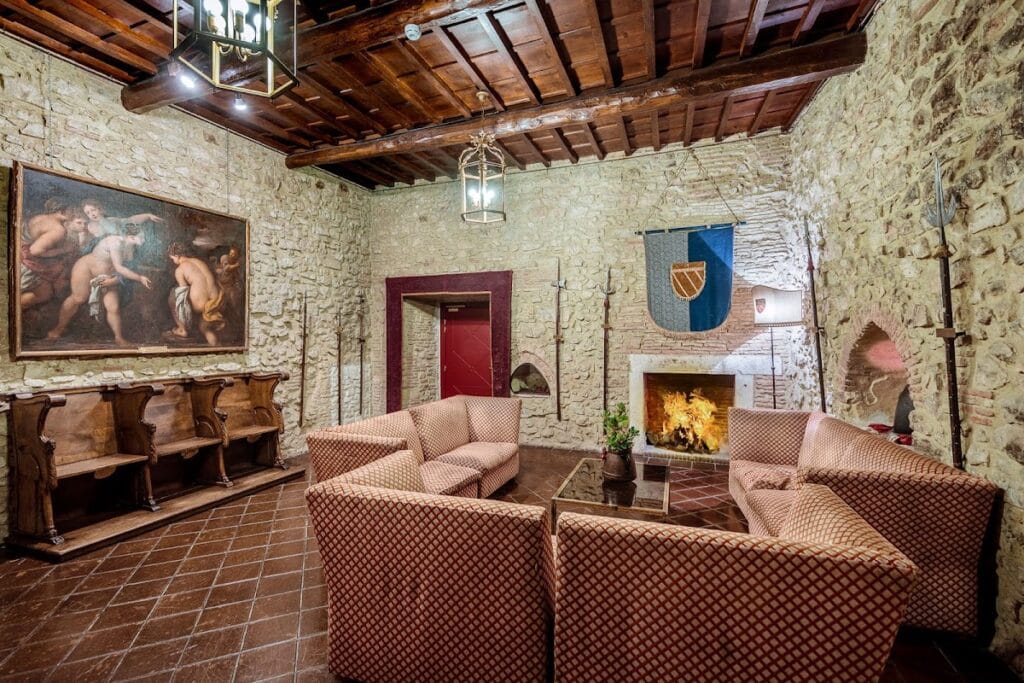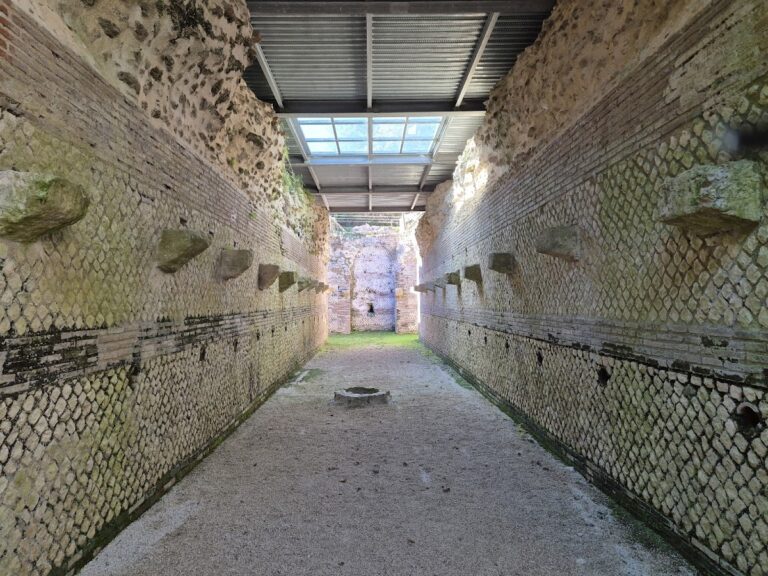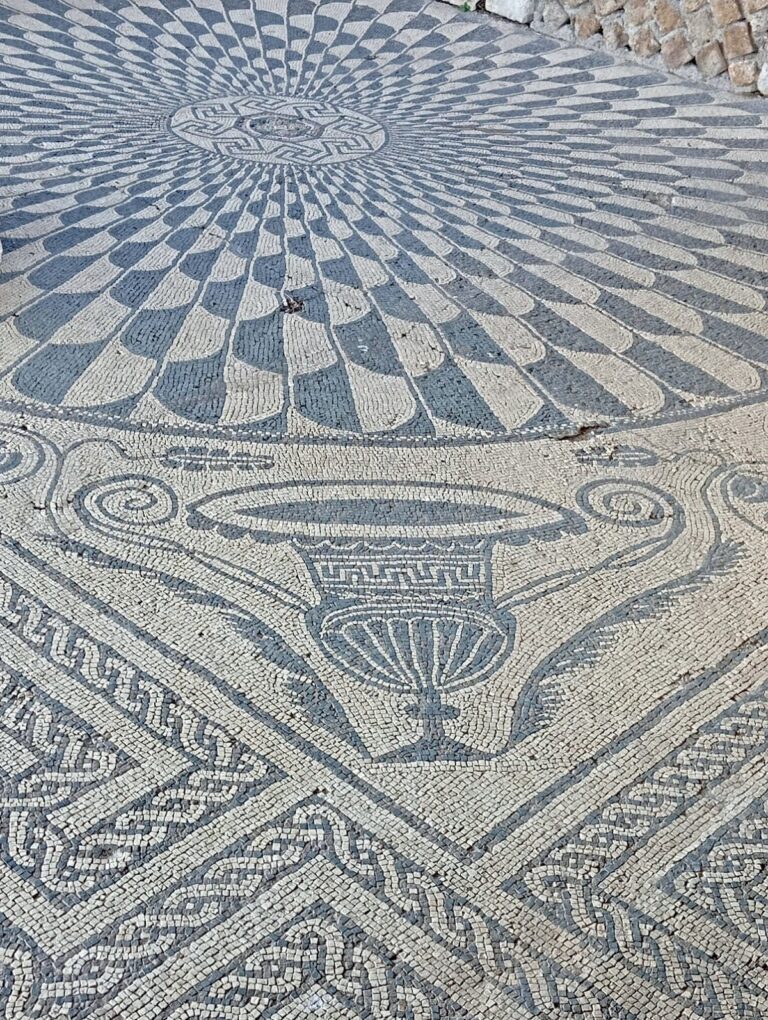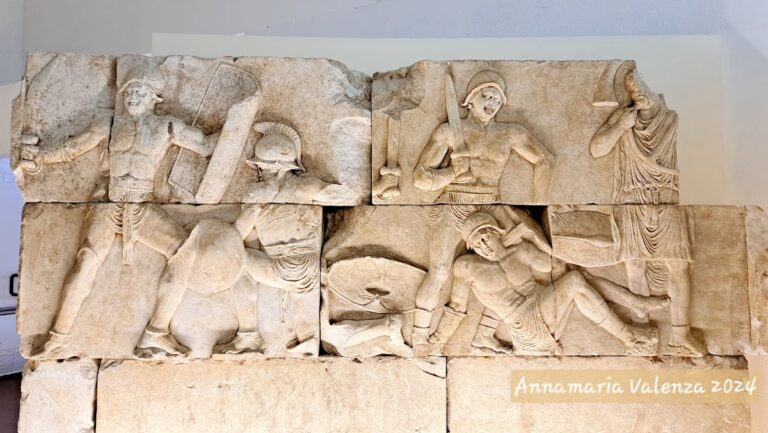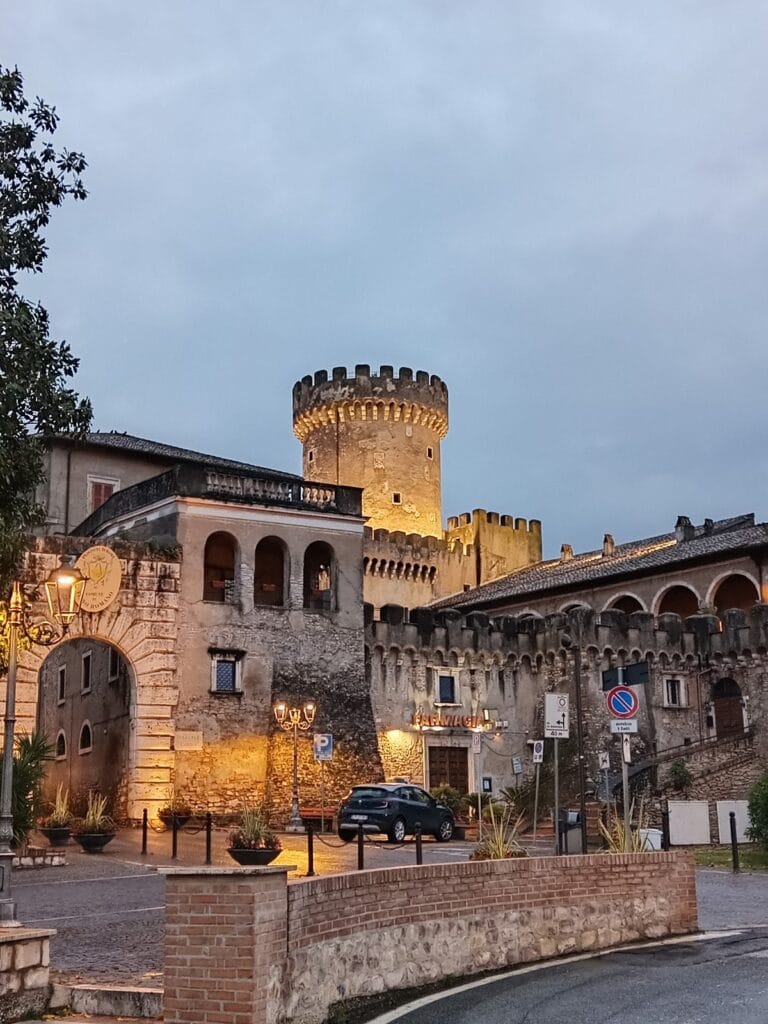Castello Orsini di Nerola: A Historic Medieval Fortress in Italy
Visitor Information
Google Rating: 4.3
Popularity: Low
Google Maps: View on Google Maps
Official Website: www.castellorsini.it
Country: Italy
Civilization: Unclassified
Remains: Military
History
Castello Orsini di Nerola is located in the municipality of Nerola, Italy. It was constructed by the noble Orsini family, an influential Italian lineage that controlled the lands around the area.
The castle’s origins trace back to 1070 when the Orsini began building it on the grounds of an earlier fortress. The main phase of construction concluded by 1085 under Gentile Virginio Orsini, the family head at the time. That same year, the Holy Roman Emperor Henry IV was hosted within its walls, signaling the fortress’s early strategic and political importance.
By 1092, the castle changed hands when Pope Urban II acquired it to prevent the Orsini from holding a military position so close to Rome. Under papal control, it served as a residence for various popes including Paschal II, Gelasius II, Callixtus II, Honorius II, and Innocent II. However, with the commencement of the Crusades, the castle was abandoned as a papal home and ceased this role.
Following the Crusades, the Orsini family reclaimed the fortress and undertook expansions and renovations. They brought in Francesco di Giorgio Martini, a renowned Renaissance architect and artist, to enhance the castle’s interiors and build lavish new structures, reflecting the era’s stylistic innovations.
In the late 1500s, the castle hosted notable figures and events. The astronomer Galileo Galilei spent a month there. In 1591, the notable Zuccari brothers adorned the noble apartments with elaborate decorations. During a plague outbreak affecting Rome, Pope Gregory XIV sought refuge within the castle’s fortified walls.
The property changed ownership in 1696 when the Odescalchi family acquired it. One member became Pope Innocent XI and reestablished papal possession of the castle. After his death in 1689, it was sold to William III of England, who used it as his residence during his stays in Italy. Subsequently, it passed to Queen Anne of England, and later to John Lethbridge, an inventor who created the first diving suit on-site.
In 1730, the castle once again returned to church ownership, welcoming Popes Clement XII, Benedict XIV, Clement XIII, Clement XIV, and Pius VI as residents. Napoleon Bonaparte visited at this time, using the castle as a venue to discuss his planned marriage.
After 1819, the castle fell out of regular use and remained mostly deserted for almost a century. In 1867, it briefly became a site of conflict during Garibaldi’s campaign for the liberation of Rome, when his volunteers fought papal troops there.
The 20th century brought restoration efforts beginning in 1930, when famed footballer Giuseppe Meazza purchased the castle and added extensive gardens. The Italian national football team celebrated its 1934 World Cup win in the castle. Following political conflicts with the fascist regime, Mussolini ordered the castle’s sale to a company called C.A.D.L., which converted part of it into a theater used for propaganda events seating roughly 200 spectators. Later, Mussolini gifted the castle to Marquis Ferrari-Frey; after the marquis’s death in 1967, C.A.D.L. regained ownership.
Since 1994, extensive renovations have transformed Castello Orsini di Nerola into a luxury hotel and conference center, preserving its historic character alongside modern amenities.
Remains
Castello Orsini di Nerola stands as a medieval fortress with a nearly square footprint, constructed mainly from stone. Its strong defensive design includes crenellated walls—those distinctive battlement notches used for protection during battle—encircling the structure, which is further safeguarded by a deep surrounding moat.
The fortress is anchored by four large towers positioned at each corner. Of these, three towers are circular, providing greater resistance to scaling and artillery attack, while the northern corner holds a square tower, distinguishing it from the others. Historically, access to the castle was controlled by a single bridge crossing the moat, leading to the gate on the northwest side. This bridge functioned as a drawbridge, allowing it to be raised for defense.
The castle’s exterior appearance retains clear Romanesque and medieval features, with an outer defensive wall topped by battlements rising directly from the moat’s edge. A unique timekeeping instrument within the castle is a rare six-hour clock, notable for its scarcity in Italy and indicative of medieval horological practices.
Inside the fortress, Renaissance alterations introduced luxurious buildings and richly decorated noble apartments. Notably, in the late 16th century, the Zuccari brothers adorned the noble living quarters with elaborate decorations, reflecting the artistic tastes of the time.
During the 20th century, the C.A.D.L. company transformed part of the castle’s interior by constructing a covered stage theater measuring approximately 13 by 13 meters with a height of 5 meters. This venue was designed to seat around 200 spectators, primarily serving as a space for political propaganda performances.
Thanks to careful preservation and restoration efforts throughout its long history, the castle remains in good condition today. Its stone walls and towers stand firm, allowing it to function as a five-star hotel and conference center, complemented by the extensive gardens introduced by Meazza during his 1930s refurbishment.


